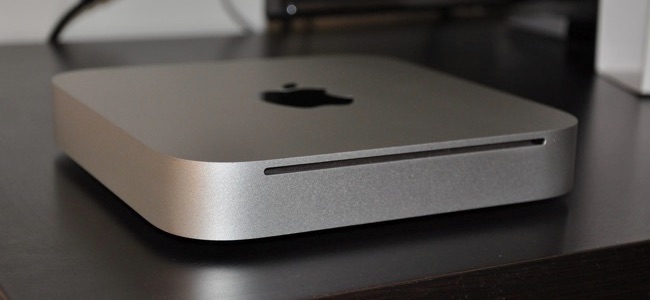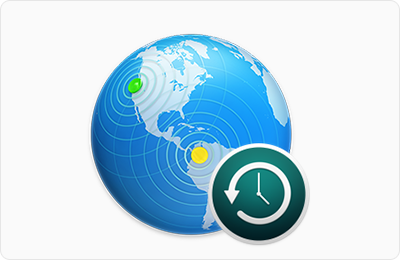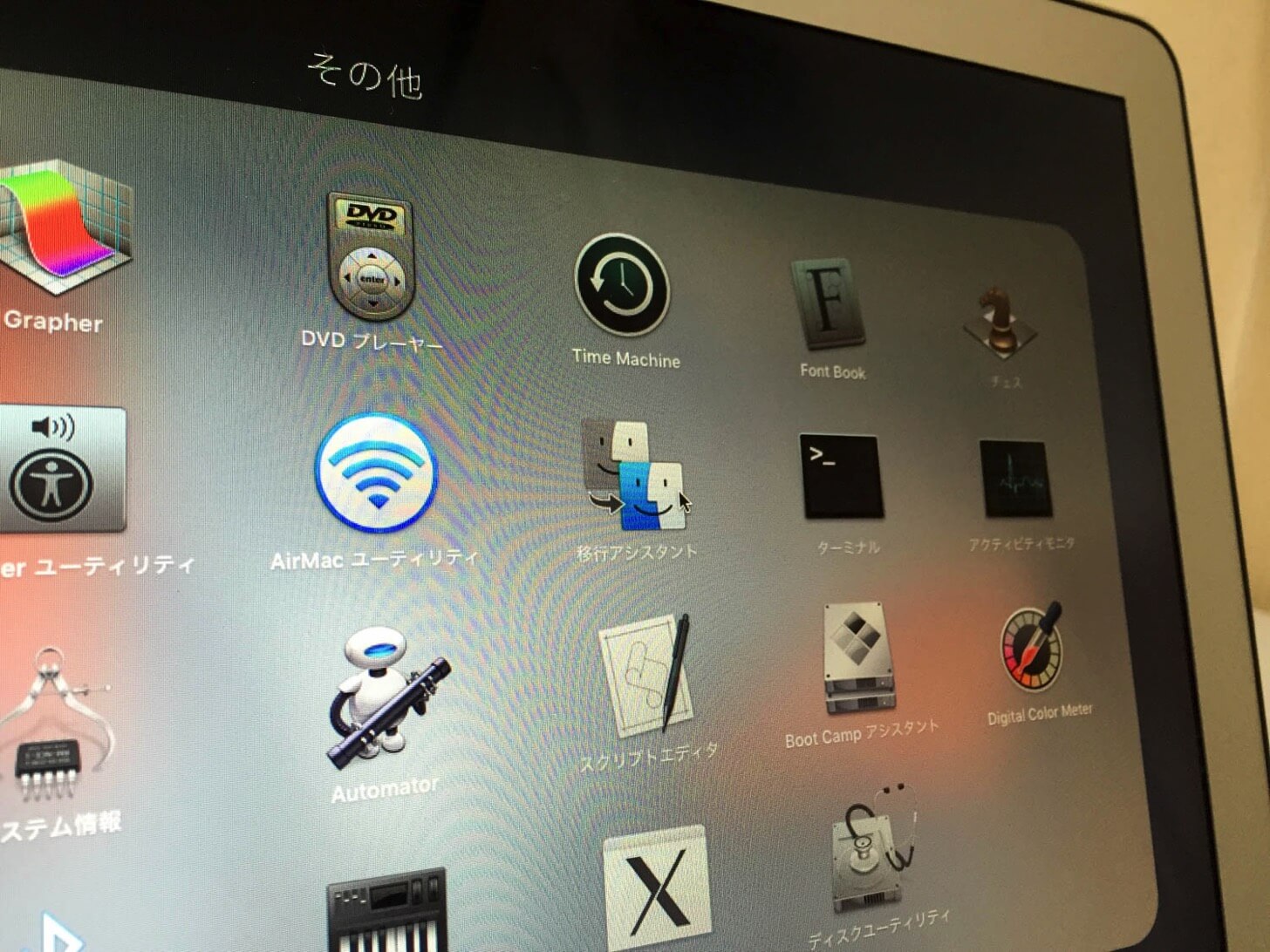
- #APPLE SERVER TIME MACHINE HOW TO#
- #APPLE SERVER TIME MACHINE INSTALL#
- #APPLE SERVER TIME MACHINE MAC#
#APPLE SERVER TIME MACHINE INSTALL#
When you install macOS High Sierra and later on the built-in solid-state drive (SSD) of a Mac, that drive is automatically converted to APFS. APFS features strong encryption, space sharing, snapshots, fast directory sizing, and improved file system fundamentals. I’m guessing this will hold true when macOS Monterey is released. About APFSĪPFS is the default file system in macOS High Sierra and later for Macs with all-flash storage. Chances are your volume was HFS+, or some other incompatible format.
#APPLE SERVER TIME MACHINE MAC#
For example, if a network connection drops while the Mac is backing up, the Time Machine backups may become corrupted.If you’ve updated to Big Sur and notice that you no longer see one of your Time Machine volumes, it didn’t disappear. Warning: Don’t do this! Any problems could result in the corruption of your backups. Select the network drive and Time Machine will try to back up to it. You can then open the Time Machine interface on that Mac and it will show any old network drive. On the Mac you want to backup from, open a Terminal window and run the following command:ĭefaults write TMShowUnsupportedNetworkVolumes 1

The network drive you’re sharing must be formatted with the HFS+ file system. But you shouldn’t do this. There’s an unofficial method that involves enabling file-sharing on a Mac to create an AFP (Apple Filing Protocol) server. That’s the supported method you should use, anyway.

When you’re away from that network, your Mac won’t back up - aside from creating local backups on its internal storage. If you want it charging on battery power, click the Options button in the TIme Machine interface and activate the “Back up while on battery power” checkbox.Īnd remember, this will also only work when you’re on the same local network as your Time Machine server.
#APPLE SERVER TIME MACHINE HOW TO#
RELATED: How to Free Up Space Used By Time Machine's Local Backups on Your MacĪs usual, a Mac will only back up to the network location while it’s connected to an outlet and charging. Repeat this process on each Mac you want to back up to the Time Machine server over the network.

You’ll see it appear as a backup location in the list of disks, just as Time Capsule devices do. To actually back up another Mac to your Time Machine server, open the Time Machine interface on another Mac on the same local network as your server. You can delete backups from here to manage the space available on your server, too. Click the “Edit” button to the right of Permissions and you can limit access to specific user accounts.Īfter a few backups take place, you can click the “Backups” tab at the top of this control panel to see backups on your Time Machine server and how much space they take up. By default, any Mac on your local network can back up to it. You can also limit access to the Time Machine server to certain users. For example, you could select multiple external drives that you leave plugged into the Mac, or choose backup locations on several different internal drives. You can also add additional backup destinations using the box at the bottom of the window, which is helpful if you have multiple drives you want to provide as backup locations. That’s it - you’re done, if you want to be.

You can also limit individual backups to a certain amount of space to prevent one Mac from hogging all the storage. You’ll be asked for a location on the Mac where you want to store the backups.


 0 kommentar(er)
0 kommentar(er)
